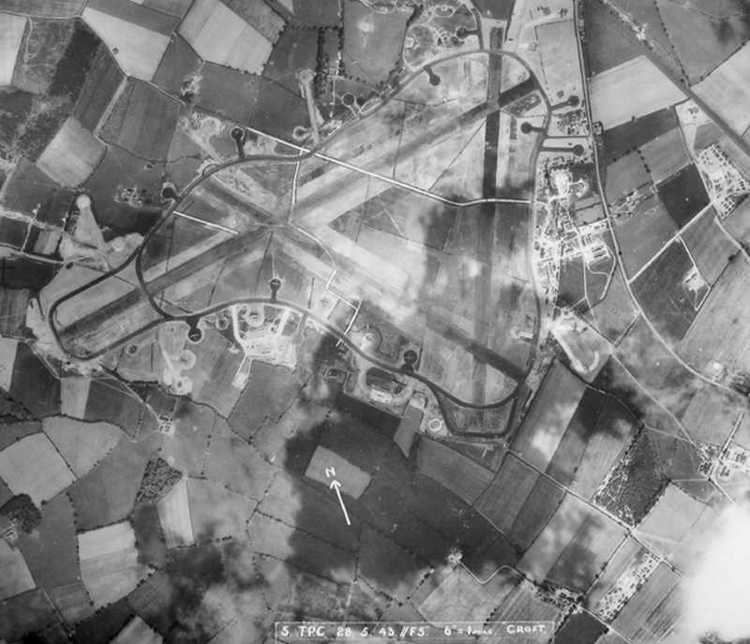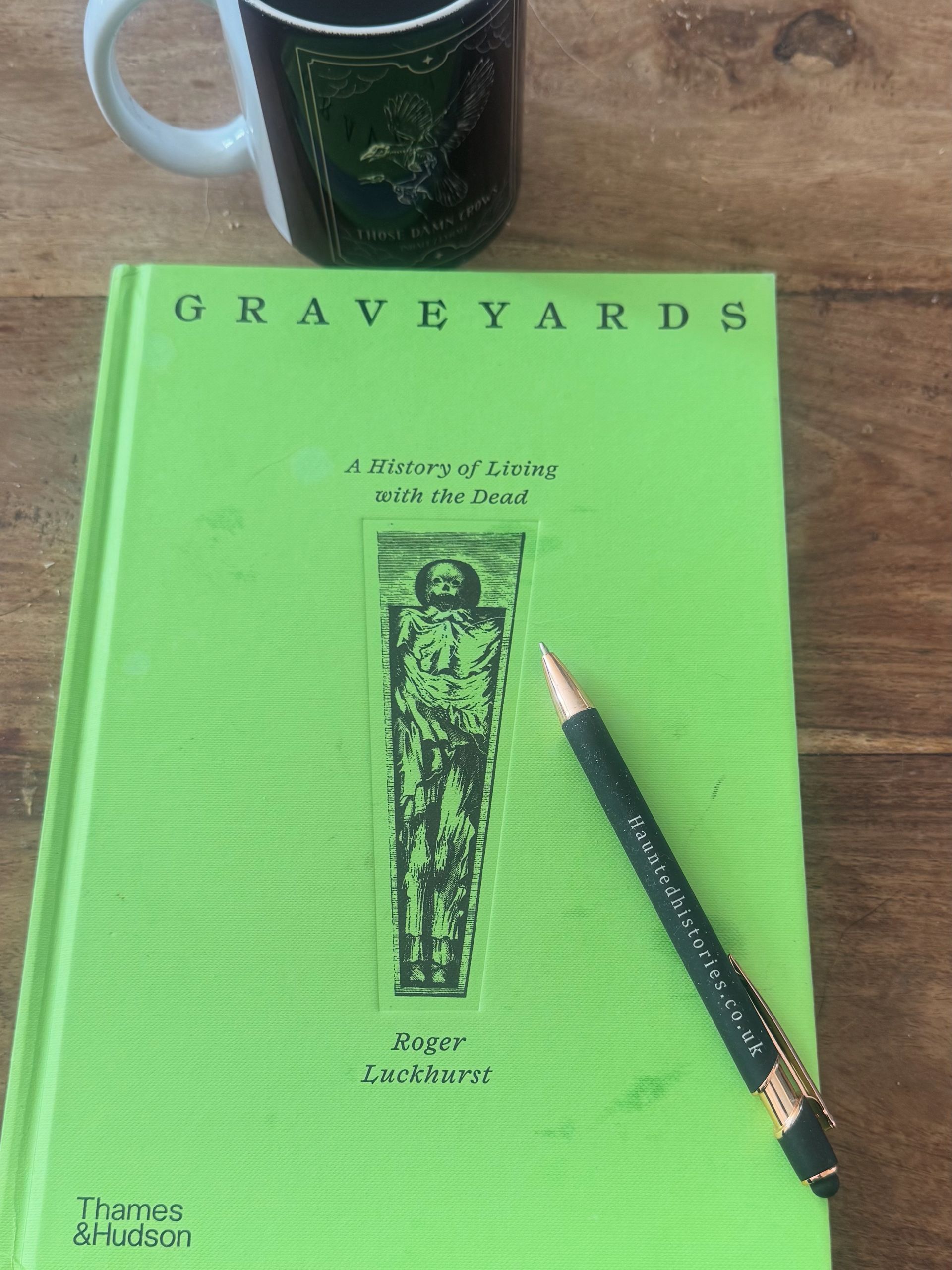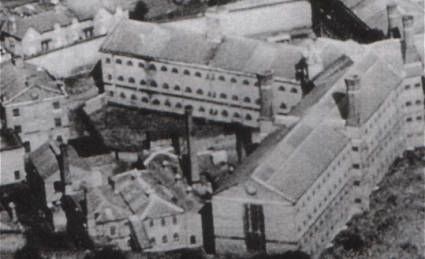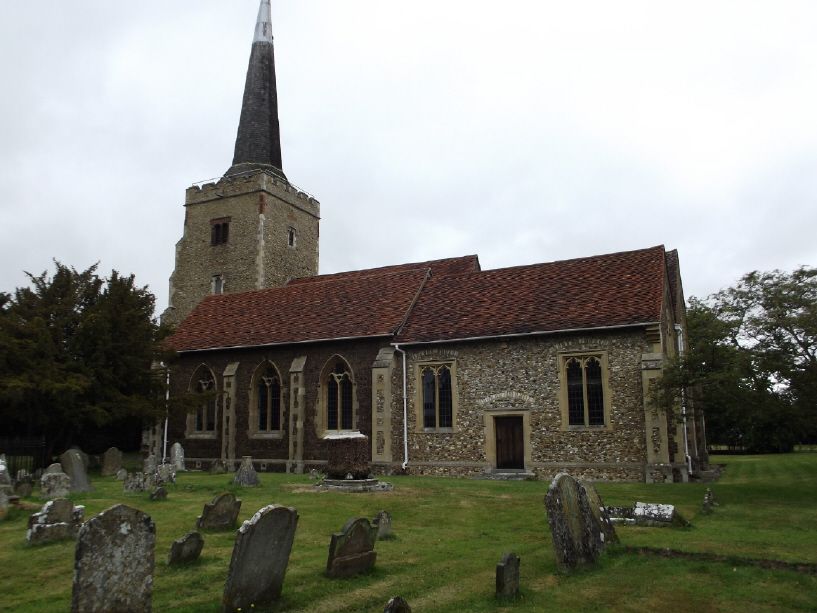Fire in the workhouse
Any type of institution where you have hundreds of people has the probability of danger, and with the emphasis on health and safety being no where near what it is now, then horrific accidents and fatalities were always a distinct possibility - especially when you factor in open fires, smoking, lack of supervision and people who should perhaps have been in a more strictly monitored setting.
The workhouse in Stafford was built between 1837 and 1838, and located on the West side of Marston Road. In the 1881 census it had just over two hundred and eighty residents (or inmates as they were known), so it was not a huge facility by the standards of the time, but not a tiny one either.
It was whilst going through newspaper accounts looking for some interesting workhouse related stories that I stumbled across a really sad event. Unsurprisingly, fires breaking out in workhouses was not an unusual event, in fact, there were even worse tragedies than this one that happened during the Victorian era, one in Forest Gate in 1890 resulted in the deaths of over twenty six boys who were attending the district school (a sub division of the workhouse) there. What I found especially interesting about this one however was the fact that it caused some changes to nearby Poor Unions and illustrates how they were permanently “trying” to evolve.
On the 16th May 1901, Nurse Elizabeth Langabeer – who was a 49yr old widow – was looking after the old infirmary of Stafford workhouse, most of the eleven people who were residing in that part were elderly or lacking mental capacity in some way (the term used in the report was imbeciles). At around 2am, she smelled smoke and went to investigate, finding the room that belonged to the workhouse cook, Ann Middleton, aflame, she endeavoured to battle the inferno herself using a stirrup pump before shutting the internal doors to try and prevent any further spread. Sadly, seven people died in the fire – Peter Ellis, John Higstoo, Henry Stanley, Samuel Smith, George Cartwright, Edward Powell and Ann. When the inquest was held a few days later, the fire was determined to have started in the room directly below Mrs Middleton’s quarters, and it transpired that an inmate - who had signed himself out, and then broken back in to sleep there – called Bullbrook - was in the exact location when it ignited. According to him, he had been asleep in the shoe making shop, and awoke to see the flames, witnesses did state he tried to help but was very drunk and disappeared again later that morning.
Nurse Langabeer was commended for her actions and bravery, and the Union admitted that a telephone and night watchman would have possibly helped (due to the time it took to get the fire brigade there. Amazingly, some of the Guardians felt that a telephone would be too intrusive and voted against it! they did however agree to changes during the rebuild, which included fire proof staircases and more internal “fire” doors. Even if they did not learn from events that quickly, neighbouring workhouses did, with both Dudley and Walsall voting unanimously to have phone lines installed as soon as possible.
It was never confirmed how the fire started, but if I was a gambling person, I would be laying odds on that it was something to do with a former inmate who had passed out unconscious after a drinking binge and would have been smoking.











